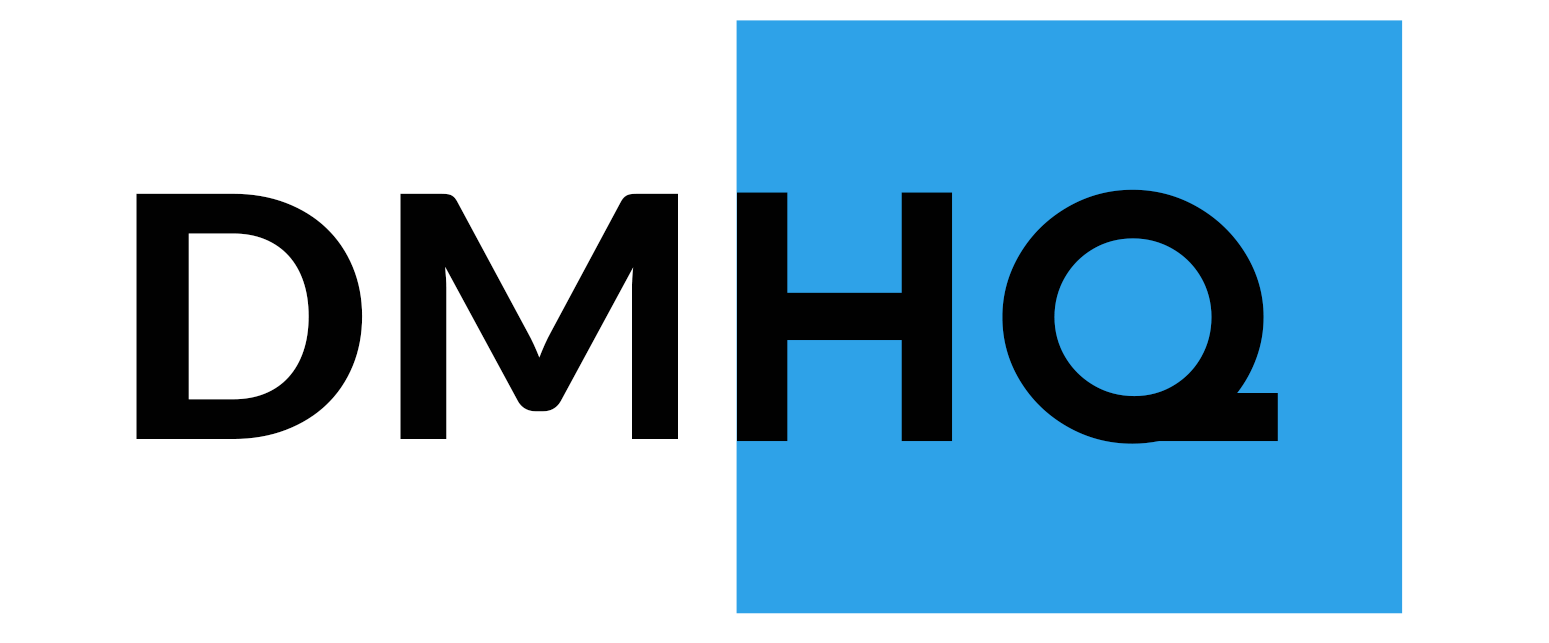
Let’s say you’ve decided to enroll in a formal digital marketing course in the Philippines rather than try to self-study. Now, you are faced with different options. Do you enroll in a live classroom digital marketing training program? A live online class? Or an on-demand, self-paced training course? Maybe a blended format combining live and online?
There really is no one perfect approach to learning. Each option has its pros and cons. Certainly, each one has advantages over the others in some areas and disadvantages in others. Let’s take a look at some key factors to consider to help you decide which digital marketing course to pursue:
1. Pace
People have different preferences when it comes to learning. Some want to learn things fast and finish a program as soon as possible. Others want a much slower pace. And there are those who prefer a fixed schedule so that they can commit their time and adjust their schedule accordingly. Others like to be flexible and go through a course whenever they have the time or when they feel like it.
Obviously, a live class, whether in a classroom setting or online (through live webinars usually), follows a fixed schedule. This could either be an intensive boot camp that is done for 3 to 5 or so straight days or a more spaced-out schedule spread across several weeks. But either way, the schedule is fixed. You have to go through the digital marketing training in a linear fashion. And if you miss a session or want to relearn it, you can’t go back unless it’s recorded or you are allowed to re-take classes.
An on-demand digital marketing course is done online, often using recorded videos and other asynchronous delivery methods, and sometimes mixed in with text, audio, and other media. Normally, you also go through the training sequentially (you proceed section by section). But as these are recorded, most programs allow you to jump back and forth and re-learn sessions, also at your own time and pace.
So which is better? It depends:
- If you want a fixed schedule that forces you to commit to your training at a specific period of time, go for a live course, either classroom or online.
- If you want something more flexible and learn at your own pace, then an on-demand program is much better.
2. Convenience
You’re busy, right? So what can be more convenient than learning in your shorts at home in bed? When it comes to convenience, nothing beats learning online. An on-demand digital marketing course is more convenient than an online live class since aside from the fact that you train anywhere, you can also train anytime.
On the other hand, some people don’t find online training convenient in the sense that there are so many distractions at home, at work, or at a cafe. After all, the dictionary definition of convenience is “the state of being able to proceed with something with little effort or difficulty.”
They find that learning in a classroom environment is more conducive to learning. Even though it takes more effort to go to the training venue on a regular basis, it requires less effort and difficulty to learn in this kind of setting as there are much fewer distractions and temptations to slack off.
Maybe that’s why even though it’s more convenient to set up a home gym, more people opt for signing up for gym membership because the environment is more conducive for them.
Sometimes though, it’s just physically difficult to go to a physical class because of location, like if you have to fly from somewhere or drive for a couple of hours just to get to the training venue. In cases like these, online offers a great alternative.
But generally, what’s more convenient?
- In terms of physical convenience, then an online digital marketing course is better for you.
- But if you define convenience in terms of ease in learning — and you know you can learn better in a physical class — then go for a classroom type of training.
3. Interaction
One of the biggest advantages of classroom training is interaction. Education experts say that “face time” is key to learning, whether for grade school students or professionals undergoing training. This is particularly true when learning activities like role-playing, simulations, group exercises, class discussions, etc. are involved. This is difficult to pull off in an online setting.
Most interactions are done in online training, if any, are usually via online chat, forum posts, or the comments section. It’s mainly text-based. So there’s not a lot of non-verbal communication that is crucial in learning. Group discussion is great for processing and integrating information, which is hard to do online. And for trainers, it’s easier to get immediate verbal and non-verbal feedback from participants in a live physical class.
Now interaction is a bit different from interactivity. Online training programs can be as interactive as live classes, with quizzes, worksheets, videos, etc. And some mechanical processes like opening a Google Ads account may be better done online with a screencast showing step by step how it’s done.
Yet, the interaction involves higher levels of learning like understanding and analyzing. And nothing compares to human connection in a classroom setting, especially with an engaging lecturer and engaged students.
So as far as interaction is concerned, you know which option is best:
- For interactivity, all these options can offer the same level of interactivity if designed well.
- But for face-to-face interaction that stimulates deeper discussion and understanding, a classroom-based training program is best.
4. Timeliness
There is also the issue of permanence versus changing content. Recorded online training works best for content that hardly changes, like learning company policies or accounting procedures. In digital marketing, basic stuff like creating a Facebook page or setting up a website makes great use of recorded videos or screencasts that you can follow step by step.
But digital marketing as a whole changes rapidly. Google, Facebook, Instagram, etc. launch new features, change their algorithms, and announce new policies all the time. In a live class, both classroom and online, trainers can quickly incorporate changes on the fly, making training more up-to-date. Recorded online training videos can also work well if the content is regularly updated, as in the case with the Digital Marketing Institute.
- For more permanent content and repetitive tasks, on-demand training works really well.
- For ever-changing content, live classroom or online training does a better job.
5. Completion
Student drop-out rates in online courses are quite high. That’s because it’s harder to keep online students committed and engaged. It takes discipline and inner motivation to sustain learning in an online environment.
However, drop-out rates vary in different types of online courses, anywhere from 20 to 80 percent. Free or very cheap online courses would have high drop-out rates since it does not cost students much, if any, to enroll. There is no investment on their part. It would not be the case for more expensive online courses naturally.
Completing a digital marketing course does not necessarily mean meeting learning objectives. It’s very easy and tempting for online students to just click “next” just to complete the training.
So online training, particularly self-paced, on-demand courses require self-driven, independent learners for them to work.
Live classroom training, on the other hand, requires more effort and investment in both time and money, plus engagement and interaction are also higher, so completion rates are higher as well.
Which option is good for you?
- If you’re an independent and self-driven learner, either classroom or online, on-demand courses will work.
- But if you need a little push, it’s better to enroll in a classroom or live online training program.
In the end, there are these factors to take into consideration. There really is no single best option as there are pros and cons.
The Digital Marketing Institute offers both live classroom and on-demand online training on all areas and levels of digital marketing. In the Philippines, Learning Curve through DMHQ runs DMI’s foundational course — the Certified Digital Marketing Professional (CDMP) program — as a hybrid or online training program and offers access to DMI’s online self-paced courses on social media marketing, search marketing, social selling, and digital strategy and planning, as well as post-graduate and masters in digital marketing.
The Certified Digital Marketing Professional (CDMP) program is conducted as a 10-week, live online training program, conducted once a week, making the learning pace ideal and the environment conducive for learners. This is combined with on-demand videos that students are expected to self-study at their own pace.
The delivery method combines lectures, group discussions, case study videos, and practical exercises to ensure both interactivity and interaction. As it is updated on a regular basis, currently using Syllabus Version 9.2, students are assured of timeliness and relevance in the content. Completion rates among students worldwide are also very high.
So if you are interested in the best digital marketing course, consider enrolling in the Certified Digital Marketing Professional (CDMP). Or if you like on-demand courses conducted online, check out the online courses that DMI offers.








